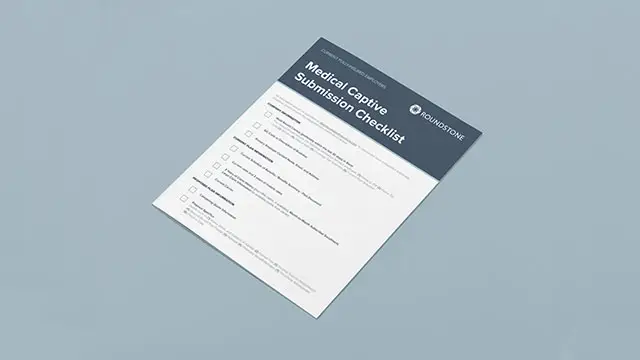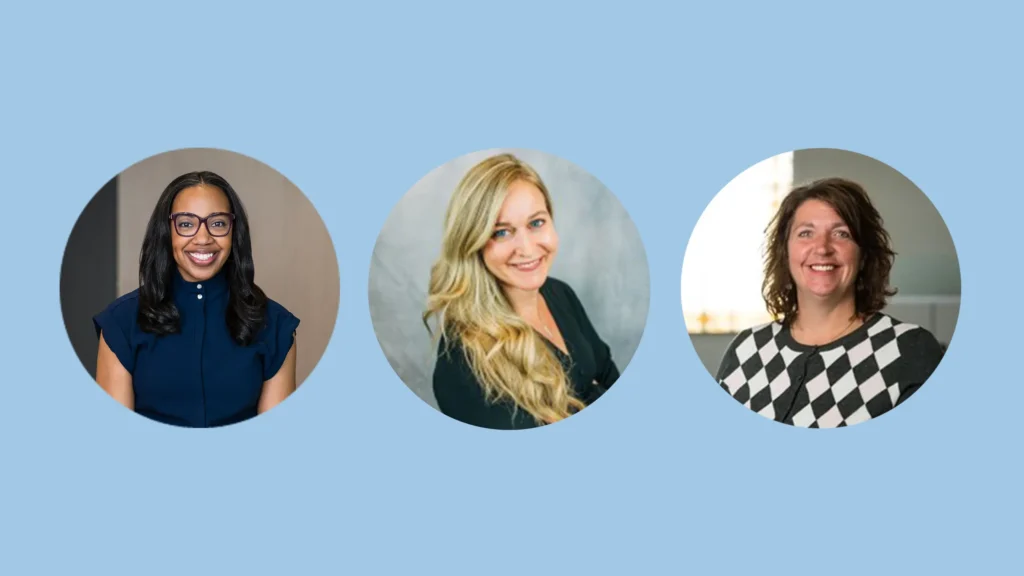Highlights
- Focusing on education and transparent communication is the best way to introduce employees to a self-funded healthcare plan.
- When introducing a self-funded health insurance plan to employees, start slowly and introduce the information in digestible segments.
- Highlight elements such as flexibility, wellness incentives, customized plan benefits, and lower costs to employees as you introduce them to the new healthcare plan.
- Respect the anxiety and challenges that come with switching to a new health insurance plan and answer questions as they arise.
- The bottom line is that your employees will not experience any disruption to the familiar way of using health insurance, i.e., ID cards and provider access. But with the employer in control of the plan design and how employees use it effectively, there will be more opportunities for the employees to be smarter healthcare consumers, resulting in better outcomes for all.
One of the most common questions we hear about moving from a familiar traditional insurance plan to self-funding is about the member experience: How does it all work? What does it “feel” like?
The good news is that from an experience level, there is no fundamental change to the things we are all accustomed to. You get an ID card, you have an online member portal, you have a healthcare plan that you can check to see what is covered and what is not, and you go to the doctor and submit claims, pay any member cost share, and the rest is paid for you by a claims administrator. Simple.
But there are still questions with anything that is new. Some companies want advice about how to introduce the new plan to their employees. For HR teams, company owners and leaders, and benefits advisors who are looking for guidance on best practices, we’ve collected questions employers frequently ask about how to handle the transition for their employees.
Will our CEO be writing the check to pay for my medical procedure? Will they be looking at my claims?
No. Just like with traditional insurance, your claims go to a claim administrator to review, process, and ultimately pay. The only difference is that with a big carrier, the administrator is the same as the party responsible for payment. With self-funding, you work with a third-party administrator (TPA) that you are able to select for your unique needs. They review, process, and ultimately pay the claims on your behalf.
No extra work is required by an HR team or anyone else in your company to manage and pay your claims. It’s all part of the Roundstone turnkey self-funded solution.
Do I get an ID card?
Yes! Every employee enrolled in the plan will receive their own health insurance ID card that you give to your healthcare provider upon your office visit as per usual. The card has your group name and number and all the relevant contact info.
Everyone also gets access to an online portal, too, so you can easily check the status of claims and plan options and find quick answers. The features may vary depending on the TPA you are working with, but most of them offer an online and/or mobile app to provide members with the best possible experience.
Does a self-funded plan create more work?
During the initial onboarding, employers may want to put some extra effort into educating employees about the elements of their group captive plan from Roundstone to ensure effective utilization.
This includes providing information about working with a TPA to manage their claims and preferred provider organization (PPO) and creating incentives for choosing healthcare providers wisely. Your benefits advisor and TPA will work with you to make this as easy as possible.
While the extra informational push may feel like more work initially, it offers a high payoff in the long term. As employees learn how to use the self-funded plan effectively, they will begin to take ownership of their healthcare decisions, resulting in improved quality of care and lower expenses for them and your company.
You can even make it fun! Some of our clients host special onboarding events as a way to disseminate important information, hand out cool swag, offer healthy food and drinks, answer questions, and get people engaged from the get-go with a positive vibe.
Who do I call with questions about my claims?
Employers can let their members know the difference between how communication works in a fully insured plan versus a self-funded one. In the fully insured model, employees are pushed toward communicating with the insurance company, often through impersonal web portals, remote call centers, and chat bots.
With a self-funded plan, communication between employees and solution providers is transparent and personal. If an employee has a question, they can talk directly to the plan’s claims manager to get answers, which leads to more education, quicker issue resolution, and fewer repetitive mistakes.
We recommend that you create a quick reference card with all relevant contact numbers and introduce employees to the solution providers that are part of your solution. You are all on the same team.
What’s in it for me as an employee? Are there advantages to using this self-funded plan?
Any time people are being transitioned to something new like a self-funded health benefits plan, they will want to know what’s in it for them. Employers can focus on communicating the many advantages that self-funding offers employees, including:
- Incentives and premium discounts for participating in fitness and wellness programs
- Access to better-quality care and doctors
- Lower pharmacy costs
- Lower out-of-pocket costs and copays
- A customized plan with benefits that fit the employees and their families
- Ability to be a smart consumer and not overpay
- Elimination or reduction of the year-over-year premium increases
What are the benefits of taking a hands-on approach with open communication?
One of the most significant benefits of a hands-on approach with a self-funded plan is transparency. With a self-funded health insurance plan using a group captive, the cost of the healthcare plan is covered by the employee and employer together.
With a self-funded group captive plan, the employer receives transparent, privacy-protected access to aggregate claims data. This access allows them to make plan changes and communicate cost-saving solutions to employees so they can make informed decisions. They can see how their choices directly affect the cost of their healthcare, which promotes better-quality health choices and lower costs overall.
At Roundstone, we give clients access to Roundstone’s CSI Dashboard. It provides employers with HIPAA-compliant reporting of their plan use to help employers identify gaps in coverage or care that could benefit from a customized care plan.
The best examples of this are being able to see when people are over-reliant on emergency department and urgent care visits and to incentivize primary care and telehealth instead. You can save tons by spotting where you can save on high-cost drugs where there may be less-expensive alternatives for the same outcome.
By passing insights gathered from analytical tools on to employees and enacting cost-containment solutions, employers and employees can navigate their plan more effectively.

What are some creative methods I can use to educate employees about their health insurance?
There are numerous ways to educate employees about your new self-funded plan and commitment to employee well-being. Here are just a few:
- Create a wellness newsletter and brand it.
- Hand out or display custom flyers to promote wellness fairs or biometric screenings.
- Offer a variety of wellness programs to satisfy all types of people — from virtual meditation to Peloton bike challenges to charity walks or runs.
- Incorporate health and wellness initiatives into every town hall meeting.
- Hold regular ”office hours” to answer questions via Zoom or in person.
- Create an employee task force or committee who is responsible for coming up with fun and effective ways to get employees engaged and educated.
Use each of these methods to provide wellness tips and to inform your employees about programs, incentives that help them navigate their new plan with ease and to make healthy choices as much as possible.
You will see, for example, that some people will go for an annual physical only because they are getting a discount on their premium if they do, which is ultimately better for them and for you. Taking proactive steps like these will minimize potential issues down the road.
How does a group captive plan provide transparency without jeopardizing privacy?
The reporting from analytical tools used in a group captive plan is HIPAA complaint. These tools gather comprehensive data points and compare them to national benchmarks to alert employers to gaps in coverage, care, and spending.
However, the reports that are generated use anonymous data that do not reveal employees’ protected health information (PHI). This gives employers actionable insights to work with while maintaining employee privacy.

Q: How do I avoid communication pitfalls with my employees?
Switching insurance plans can cause employee anxiety because there may be new options. Generally speaking, people don’t like change. A common pitfall of employers is assuming a single company roll-out meeting ensures that employees understand their coverage. Education must be ongoing and delivered through multiple channels — via email, direct mail, and posting in multiple company venues.
Make the Switch to Self-Funded Insurance Today
The secret is out. Switching to a self-funded group captive plan from Roundstone saves employers money and provides better-quality care for employees. Lower your healthcare expenses with a custom-built group captive plan from Roundstone.
Contact us today to find out how you can help your clients switch from fully insured coverage to a group captive plan designed to benefit their small to midsize business.
This article was drawn from Employee Communications, a breakout session from Roundstone’s Medical Captive Forum 2021. Our thanks go to moderator Jasmine Bibb, Director of Customer Experience at Roundstone.











